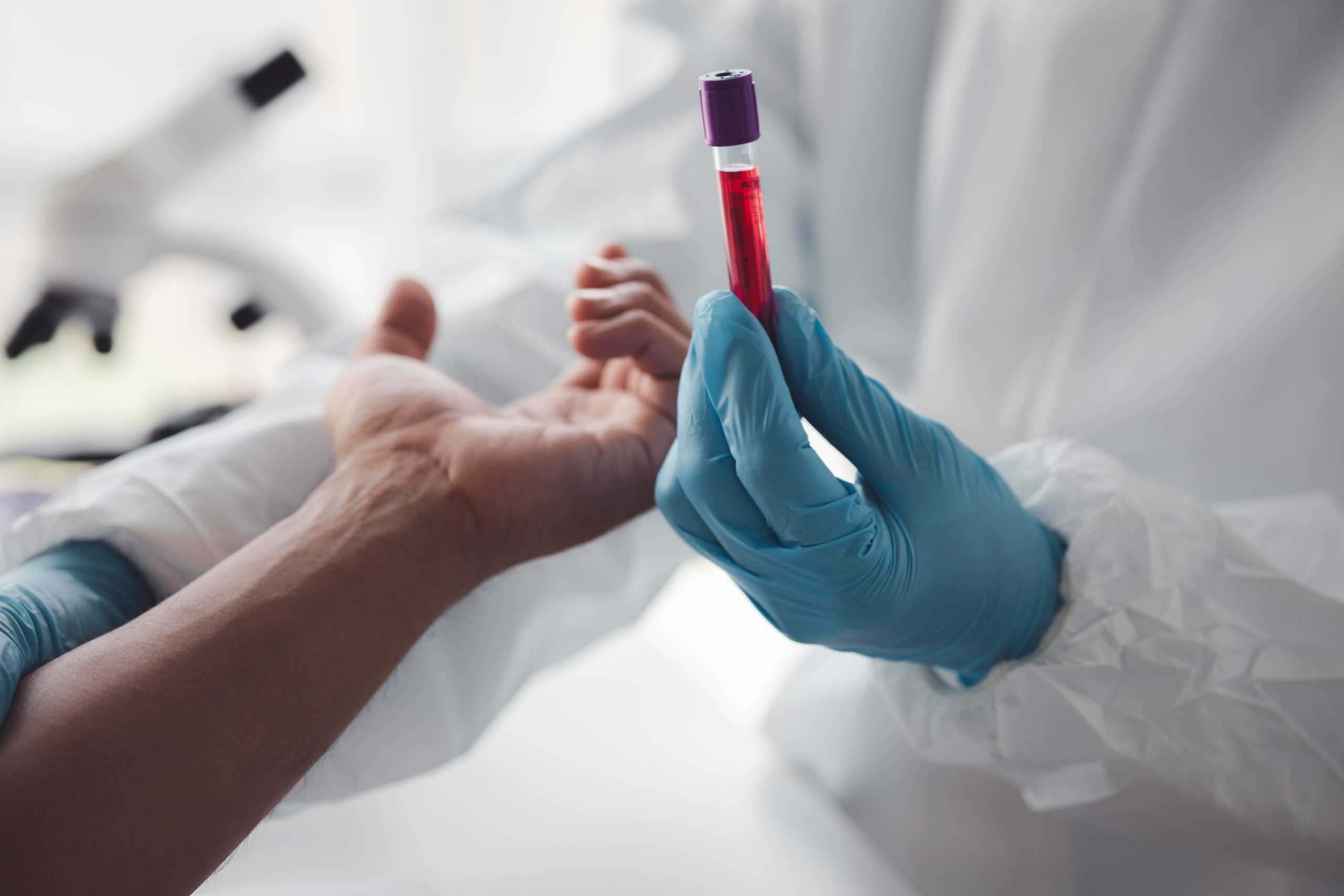
March 12, 2024 — A new study by the Hebrew University of Jerusalem revealed that a significant proportion—over one-fifth—of human pluripotent stem cell (hPSC) samples that can be used in regenerative medicine, possess cancer-related mutations, with most of these mutations (about 70%) having been acquired during the culturing of cells. The study’s findings underscore the importance of regular evaluations of cell cultures, as these mutations not only impact the growth of the cells but may also influence cell development. The findings also emphasize the need for increased caution in the use of stem cell derivatives in both research and clinical applications to ensure accurate conclusions to studies and safe medical and therapeutic practices.
hPSCs are cells that have two very important traits: a seemingly endless capability to exponentially grow cells, and the amazing ability to grow any cell found in humans. These characteristics make these cells a great tool for research of early human development as well as disease modeling and drug discovery. Most importantly, hPSCs are used as the main cell source for regenerative medicine.
While hPSCs can be propagated in culture for long periods of time, they can also acquire genetic abnormalities conferring a selective advantage during their growth. This allows a single cell with an abnormality to take over the population of cells. At the laboratory of Prof. Nissim Benvenisty at the Azrieli Center for Stem Cell and Genetic Research at the Hebrew University, Prof. Benvenisty has been working on identifying cancer-related genes with such mutations and developing a scientific algorithm to identify them.
The recent increased popularity of hPSC use in studies and their use in clinical trials led Hebrew University graduate students Elyad Lezmi and Jonathan Jung (alongside Benvenisty) to try and illuminate the state of mutation abundance in these cells and their byproducts used in basic and clinical research. Using the algorithm they developed, they analyzed over 2,200 samples from over 140 different hPSC lines, in the hopes of unveiling the abundance and severity of these cancer-related mutations acquired during the culturing of cells. The most predominant gene in the analysis was P53, a common tumor suppressor gene in human cancers. Deeper analysis of the mutations showed many similarities to the stem cells found in cancer patients’ tumors.
“The mutations found by us were not known to the investigators that utilized the cells and published their research, and as such could have brought misleading conclusions, especially when phenotypic effects have been shown to exist,” stated Jung.
The paper, titled “High prevalence of acquired cancer-related mutations in 146 human pluripotent stem cell lines and their differentiated derivatives,” can be found in the prestigious scientific journal, Nature Biotechnology, here.



